Introduction
When the cold weather sets in, nothing beats a warm, comforting bowl of beef soup. The key to a truly exceptional soup lies in selecting the most flavorful beef cuts. This guide will explore the best beef options for soup, highlighting their unique characteristics and offering tips to enhance your soup’s flavor profile. By understanding the nuances of different beef cuts and applying specific cooking techniques, you can elevate your soup from ordinary to extraordinary.
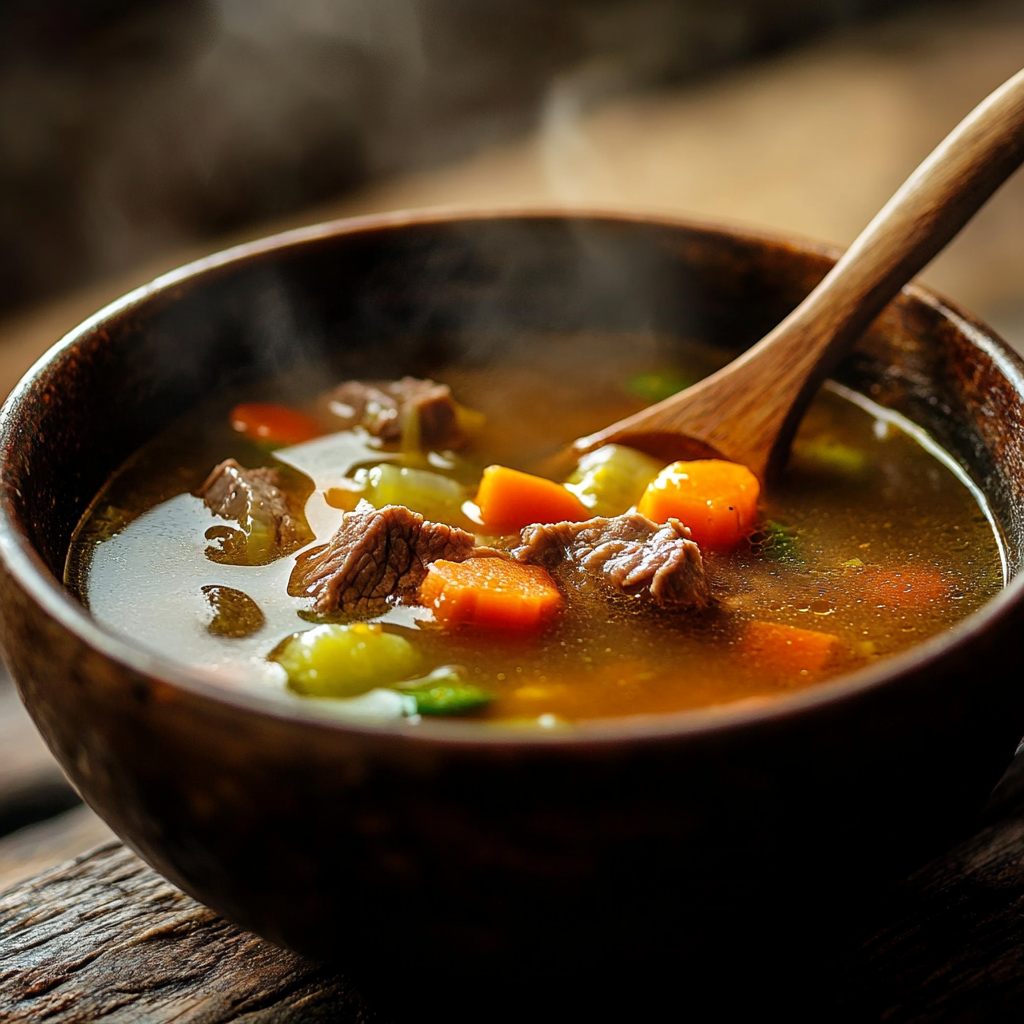
Understanding Beef Cuts for the Most Flavorful Beef for Soup
Beef cuts vary significantly in texture and flavor, influenced by the cow’s muscle usage and fat content. Tougher cuts, like chuck and round, are often preferred for soups due to their rich, collagen-infused flavors that tenderize beautifully during slow cooking. These cuts come from the well-exercised muscles of the cow, which develop more flavor and require longer cooking times to break down the connective tissues.
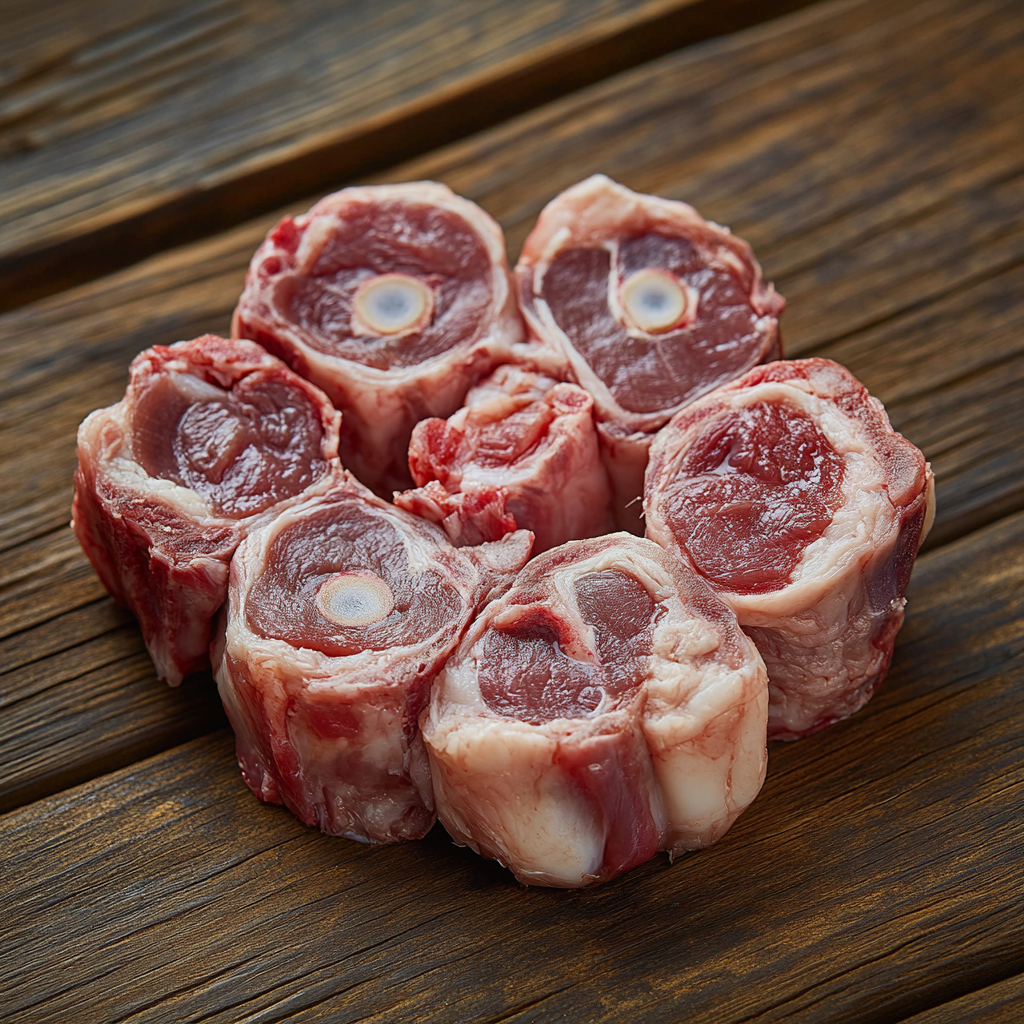
For a deeper dive into beef cuts, check out this detailed article on the best cuts for soups and stews. Understanding the differences between these cuts can help you choose the right one for your soup, ensuring a rich and hearty flavor that will satisfy your taste buds.
Beef Cut Characteristics
-
Chuck: This cut comes from the shoulder area and is known for its rich, beefy flavor. It has a good amount of fat and connective tissue, which makes it ideal for slow cooking methods like braising or stewing. The chuck is often used in pot roasts and stews due to its ability to become tender and moist when cooked low and slow.
-
Round: The round comes from the rear leg and rump of the cow. It is a leaner cut with less fat, making it slightly tougher. However, it is still suitable for soups and stews, especially when cooked for an extended period. The round is often used in dishes where a firm texture is desired, as it holds its shape well during cooking.
-
Shank: The shank is the lower leg portion, full of connective tissue and collagen. It is perfect for soups and stews due to its ability to create a rich, gelatinous broth. The shank requires long, slow cooking to break down the tough fibers and release its full flavor potential.
-
Short Ribs: Short ribs come from the lower chest area and contain a good amount of fat and bone. They are known for their deep, beefy flavor and tender texture when cooked properly. Short ribs are excellent for braising and slow cooking, as the fat and connective tissue melt away, leaving behind succulent meat.
Factors Affecting the Most Flavorful Beef for Soup
Several factors contribute to the flavor of beef in soups. Understanding these factors can help you create a soup that is not only delicious but also packed with depth and complexity.
Cooking Methods for the Most Flavorful Beef for Soup
-
Slow Cooking: This method is ideal for tougher cuts of beef, as it allows the connective tissues to break down and the flavors to meld together. Slow cooking can be done in a crockpot, Dutch oven, or even a low-temperature oven. The key is to maintain a consistent, low heat for an extended period, usually several hours.
-
Searing: Searing the beef before adding it to the soup develops a rich, caramelized crust on the meat’s surface. This crust adds a layer of flavor to the soup and helps to lock in the beef’s natural juices. To sear beef, heat a small amount of oil in a skillet over high heat and cook the beef until browned on all sides.
Additional Ingredients for the Most Flavorful Beef for Soup
Herbs, spices, and broths play significant roles in enhancing the flavor of beef soup. For instance, a hearty vegetable beef soup recipe like this one benefits from a flavorful broth and the right combination of vegetables. Some popular herbs and spices to use in beef soup include:
-
Thyme: This herb has a subtle, slightly minty flavor that pairs well with beef. It can be used fresh or dried and is often added to the soup during the cooking process to allow its flavors to infuse the broth.
-
Bay Leaves: Bay leaves have a robust, slightly bitter flavor that complements the richness of beef. They are typically added whole to the soup and removed before serving.
-
Garlic: Garlic adds a pungent, savory flavor to beef soup. It can be minced and sautéed with the vegetables or added whole and removed before serving for a more subtle flavor.
-
Worcestershire Sauce: This fermented sauce adds a tangy, umami-rich flavor to beef soup. It can be used as a marinade for the beef or added directly to the broth for an extra layer of complexity.
Fat Content for the Most Flavorful Beef for Soup
Cuts with higher fat content often provide more flavor but may require longer cooking times to break down properly. Fat is essential for adding richness and depth to the soup, as it helps to distribute the flavors evenly throughout the dish. However, too much fat can make the soup greasy and unappetizing, so it is important to strike a balance.
Top Beef Cuts for the Most Flavorful Beef for Soup
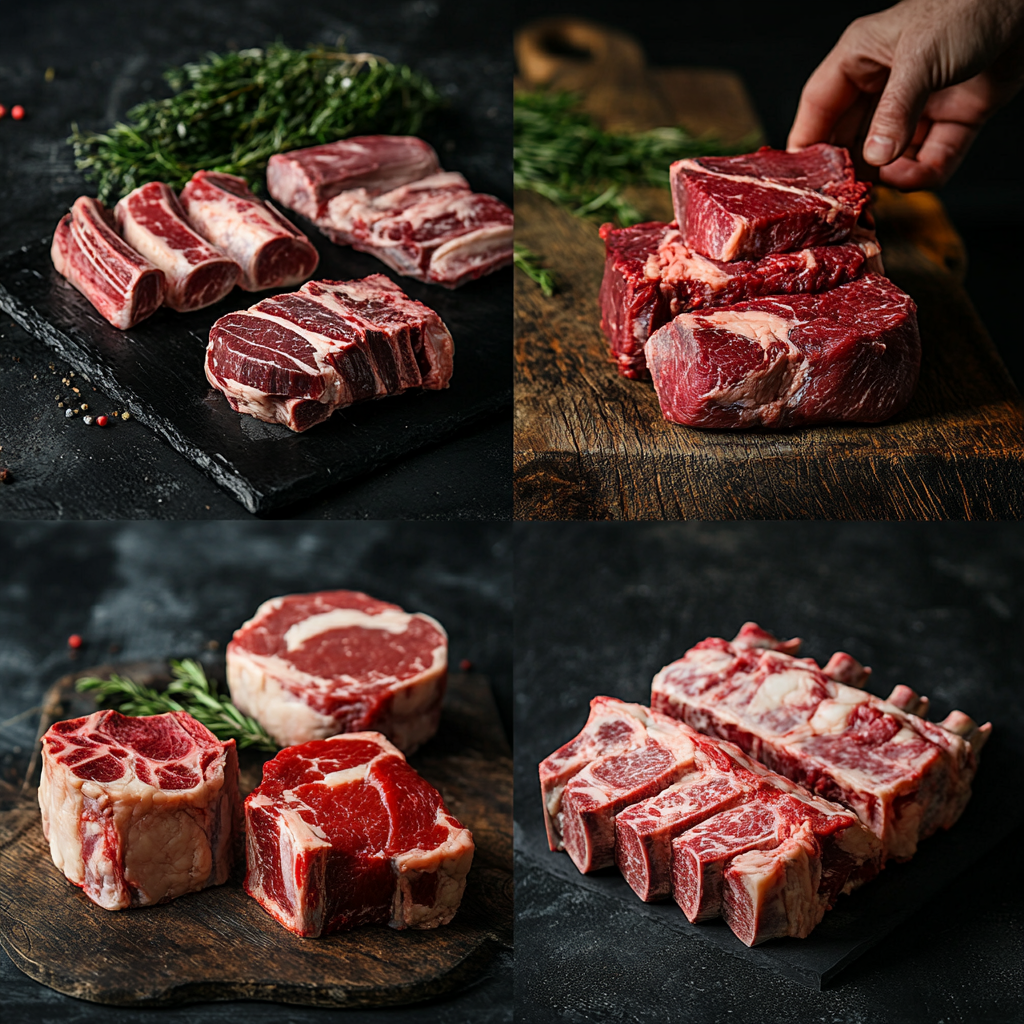
Oxtail
-
Description: Oxtail is a bone-in cut packed with fat and connective tissue, delivering an intensely flavorful stew when simmered. This cut comes from the tail of the cow and is known for its rich, beefy flavor and tender texture.
-
Flavor Profile: Rich and hearty, with a deep, beefy flavor enhanced by the marrow. The marrow in the bones adds an extra layer of richness to the soup, making it velvety and smooth.
-
Cooking Tips: Simmer low and slow to allow the meat to fall off the bone and infuse the soup with its richness. Oxtail can take several hours to cook properly, so be patient and let the flavors develop over time.
Chuck-Eye Roast
-
Description: Chuck-eye roast is an economical cut that offers excellent tenderness and flavor when cooked properly. This cut comes from the shoulder area of the cow and is known for its marbling, which adds flavor and moisture to the meat.
-
Flavor Profile: Moist and tender, with a robust beef flavor. The chuck-eye roast has a good balance of fat and lean meat, making it ideal for slow cooking methods.
-
Cooking Tips: Ideal for slow cooking methods; the chuck’s gelatin content enhances the soup’s body. To maximize the flavor of the chuck-eye roast, sear it before adding it to the soup and cook it low and slow until it is tender and easily shredded with a fork.
Beef Shank
-
Description: Beef shank comes from the leg, featuring rich collagen that becomes velvety tender when cooked. This cut is full of connective tissue, which breaks down during cooking and adds a silky texture to the soup.
-
Flavor Profile: Lean yet flavorful, with a rich consistency similar to oxtail. The beef shank has a milder flavor than some other cuts, but its texture makes it an excellent choice for soups and stews.
-
Cooking Tips: Perfect for soups requiring a long simmer to develop depth of flavor. Beef shank can be cooked with the bone in or out, depending on your preference. Cooking it with the bone in can add extra flavor and richness to the soup.
Short Ribs
-
Description: Short ribs offer a deep, beefy flavor with a consistent texture throughout. This cut comes from the lower chest area of the cow and is known for its tender, succulent meat and rich flavor.
-
Flavor Profile: Rich and hearty, with a beautiful grain that adds to the soup’s presentation. Short ribs have a good balance of fat and lean meat, making them ideal for slow cooking methods.
-
Cooking Tips: Best cooked bone-in to retain flavor; excellent for soups needing a hearty beef base. Short ribs can be cooked in a variety of ways, including braising, slow cooking, and grilling. For soup, braising or slow cooking is recommended to achieve the desired tenderness and flavor.
Cooking Techniques for the Most Flavorful Beef for Soup
Searing the Beef
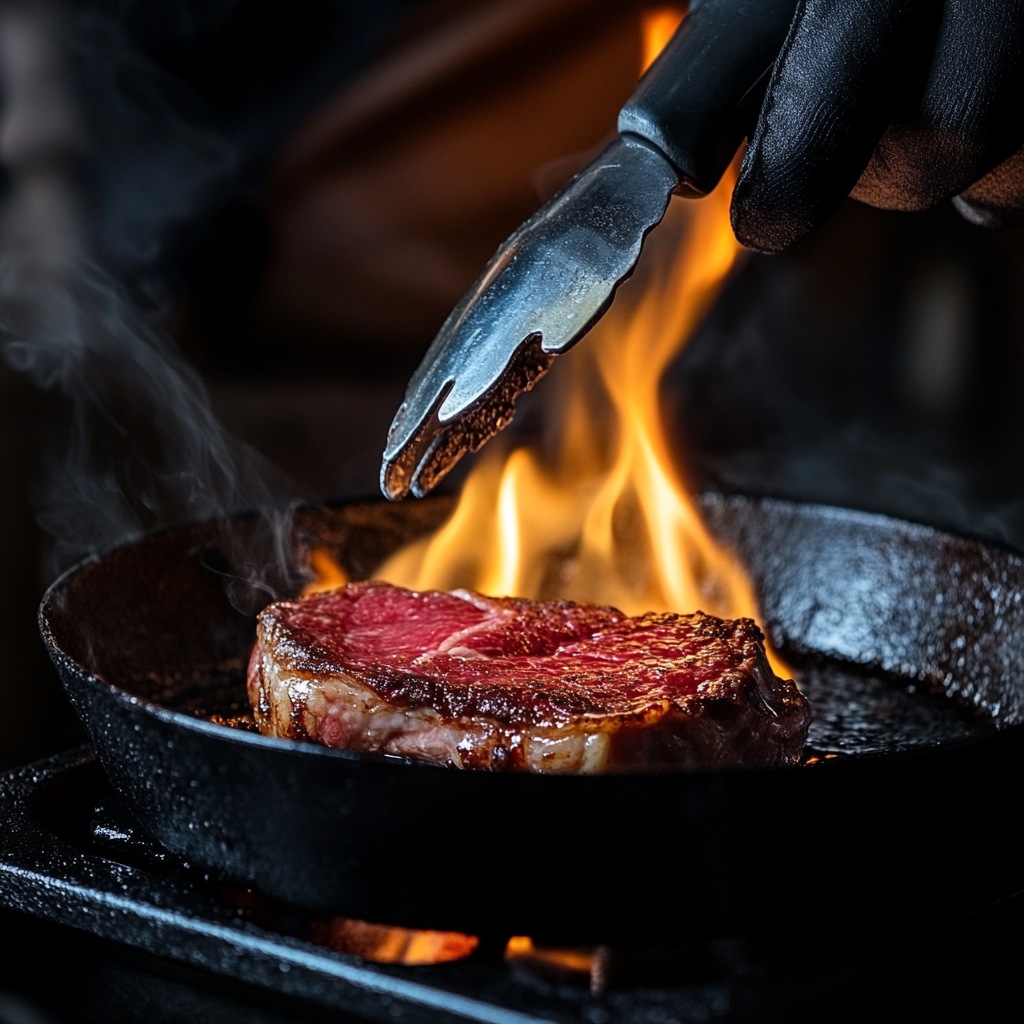
-
Importance: Searing develops a flavorful crust on the beef, adding depth to the soup. This crust not only enhances the flavor of the meat but also adds complexity to the broth as it simmers.
-
Steps: Heat a skillet over medium-high heat and add a small amount of oil. Once the oil is hot, add the beef and cook until browned on all sides. Be sure not to overcrowd the pan, as this can lead to steaming rather than searing. Once the beef is seared, remove it from the pan and set it aside. Deglaze the pan with wine or broth to capture all the flavors left behind by the beef.
Slow Cooking Methods for the Most Flavorful Beef for Soup
-
Benefits: Slow cooking tenderizes tough cuts and allows flavors to meld together. This method is ideal for busy cooks, as it requires minimal effort and can be left unattended for hours.
-
Tips: Use a crockpot or slow cooker for convenience; cook on low for several hours. When slow cooking beef for soup, be sure to add enough liquid to cover the meat and vegetables. This will ensure that everything cooks evenly and the flavors have a chance to meld together.
Deglazing and Broth Enhancements for the Most Flavorful Beef for Soup
-
Deglazing: Captures browned bits from the pan, enhancing the soup’s flavor. Deglazing is an essential technique for adding depth and complexity to your soup. After searing the beef, add a liquid such as wine, broth, or even water to the pan and scrape up any browned bits with a spatula. These bits are packed with flavor and will add richness to your soup.
-
Broth Enhancements: Add tomato paste, Worcestershire sauce, or herbs to boost the broth’s complexity. These ingredients can be added directly to the broth or used as a marinade for the beef before cooking. Experiment with different combinations to find the flavor profile that suits your tastes.
Ingredient Combinations for the Most Flavorful Beef for Soup
-
Vegetables: Carrots, celery, onions, and potatoes complement beef beautifully. These vegetables not only add flavor and nutrition to the soup but also help to thicken the broth as they cook down.
-
Herbs: Bay leaves, thyme, and garlic are excellent choices for beef soups. These herbs can be added at the beginning of the cooking process to allow their flavors to infuse the broth or sprinkled on top as a garnish before serving.
Additional Tips for the Perfect Beef Soup
Seasoning for the Most Flavorful Beef for Soup
-
Salt and Pepper: These are essential seasonings for any soup. Be sure to taste your soup as it cooks and adjust the seasoning as needed. Remember that it is easier to add more salt than it is to remove it, so start with a small amount and add more to taste.
-
Spices: Experiment with different spices to add depth and complexity to your soup. Some popular choices include paprika, cumin, and coriander. These spices can be added directly to the broth or used as a rub for the beef before cooking.
Texture for the Most Flavorful Beef for Soup
-
Thickening Agents: If you prefer a thicker soup, consider adding a thickening agent such as flour or cornstarch. These can be mixed with a small amount of water or broth and added to the soup towards the end of the cooking process.
-
Creaminess: For a creamier soup, try adding heavy cream or coconut milk. These ingredients can be stirred in just before serving and will add a velvety texture to the soup.
Presentation for the Most Flavorful Beef for Soup
-
Garnishes: Add a pop of color and flavor to your soup with garnishes such as fresh herbs, chopped vegetables, or a dollop of sour cream. These finishing touches can elevate the presentation of your soup and make it more appealing to the eye.
-
Serving: Serve your beef soup hot and accompanied by crusty bread or a side salad. This will make the meal more satisfying and complete.
FAQs
-
What are the best herbs to use with beef soup?
- Herbs like thyme, bay leaves, and rosemary complement beef soup exceptionally well. These herbs can be used fresh or dried and should be added early in the cooking process to allow their flavors to infuse the broth.
-
Can I use ground beef for soup?
- Ground beef can be used but may not provide the same depth of flavor as tougher cuts. It’s best for quick-cooking soups where time is a factor. However, keep in mind that ground beef can become tough and dry if overcooked, so be sure to monitor the cooking time carefully.
-
How long should I cook beef soup for the best flavor?
- Cooking times vary, but generally, 6-8 hours in a slow cooker or 1-2 hours on the stovetop yield the best results. The key is to cook the soup low and slow, allowing the flavors to meld together and the beef to become tender and succulent.
-
What are some alternatives to beef in soup?
- Chicken, pork, or plant-based proteins like lentils and chickpeas can be excellent alternatives. These ingredients can be used in place of beef in most soup recipes and will add their unique flavors and textures to the dish.
Conclusion
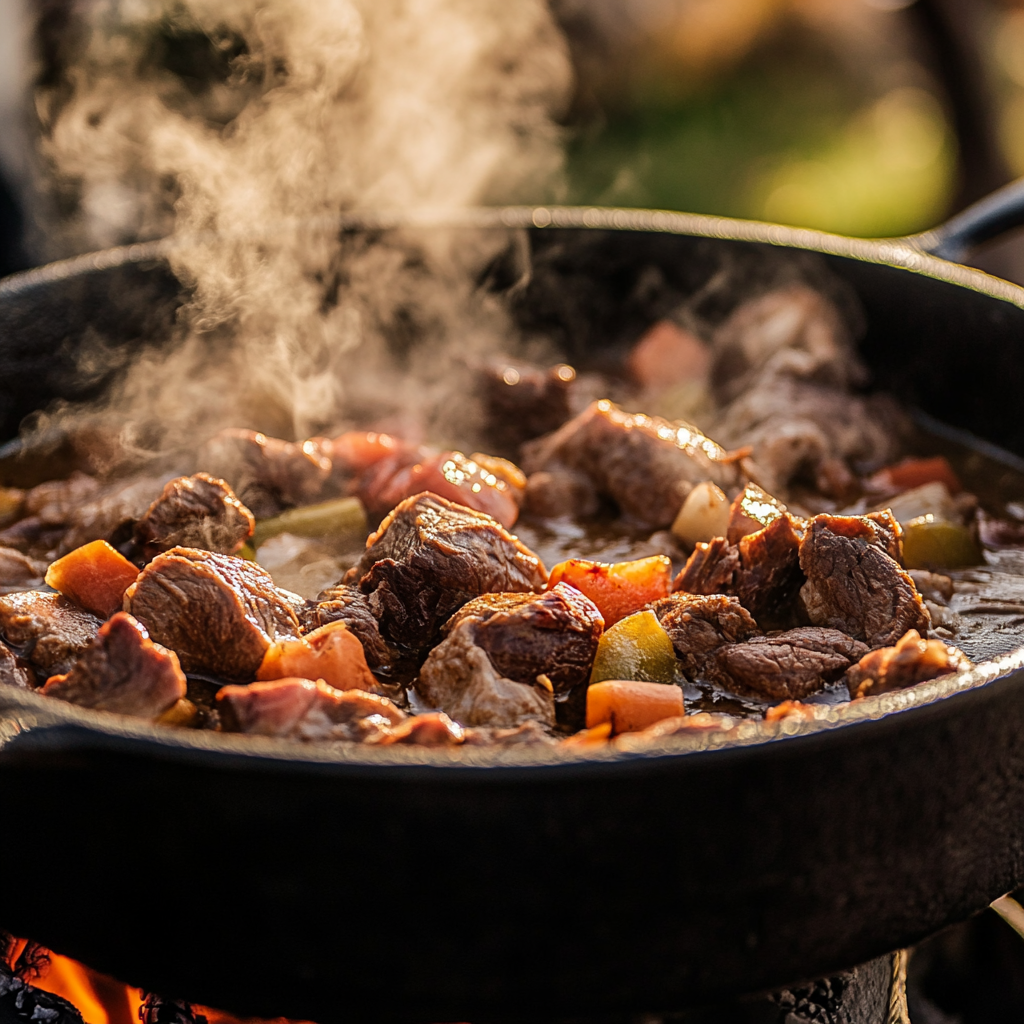
Choosing the most flavorful beef for your soup involves understanding the unique characteristics of different cuts and employing the right cooking techniques. By selecting the appropriate cut of beef and using slow cooking methods, searing, and broth enhancements, you can create a soup that is rich, hearty, and full of flavor. Experiment with various cuts and methods to find your perfect beef soup recipe, and don’t be afraid to get creative with herbs, spices, and vegetables.
This comprehensive guide should help you create a delicious and flavorful beef soup that will warm your soul on cold days. With these tips and techniques, you’ll be well on your way to becoming a soup-making pro. Happy cooking!
